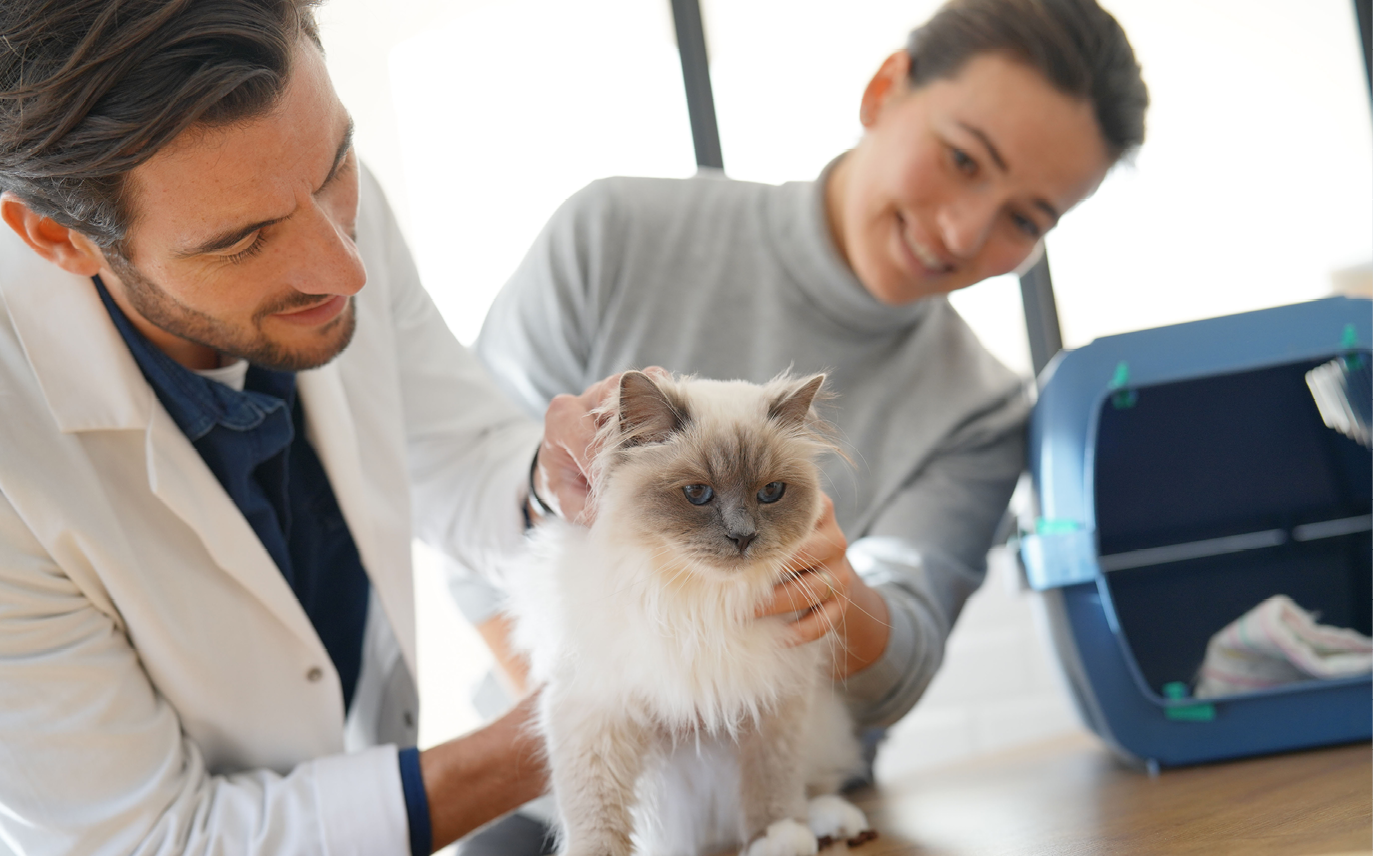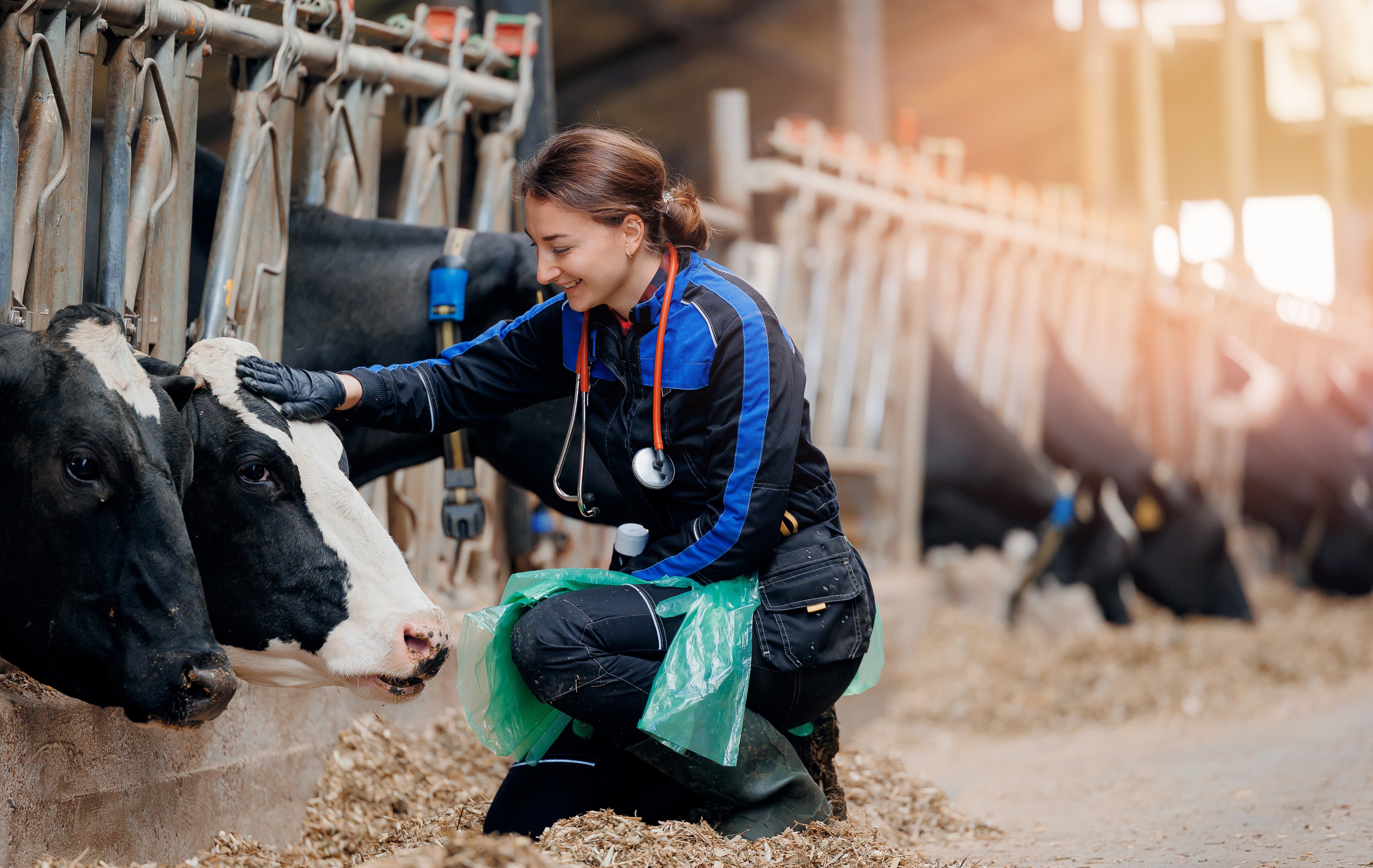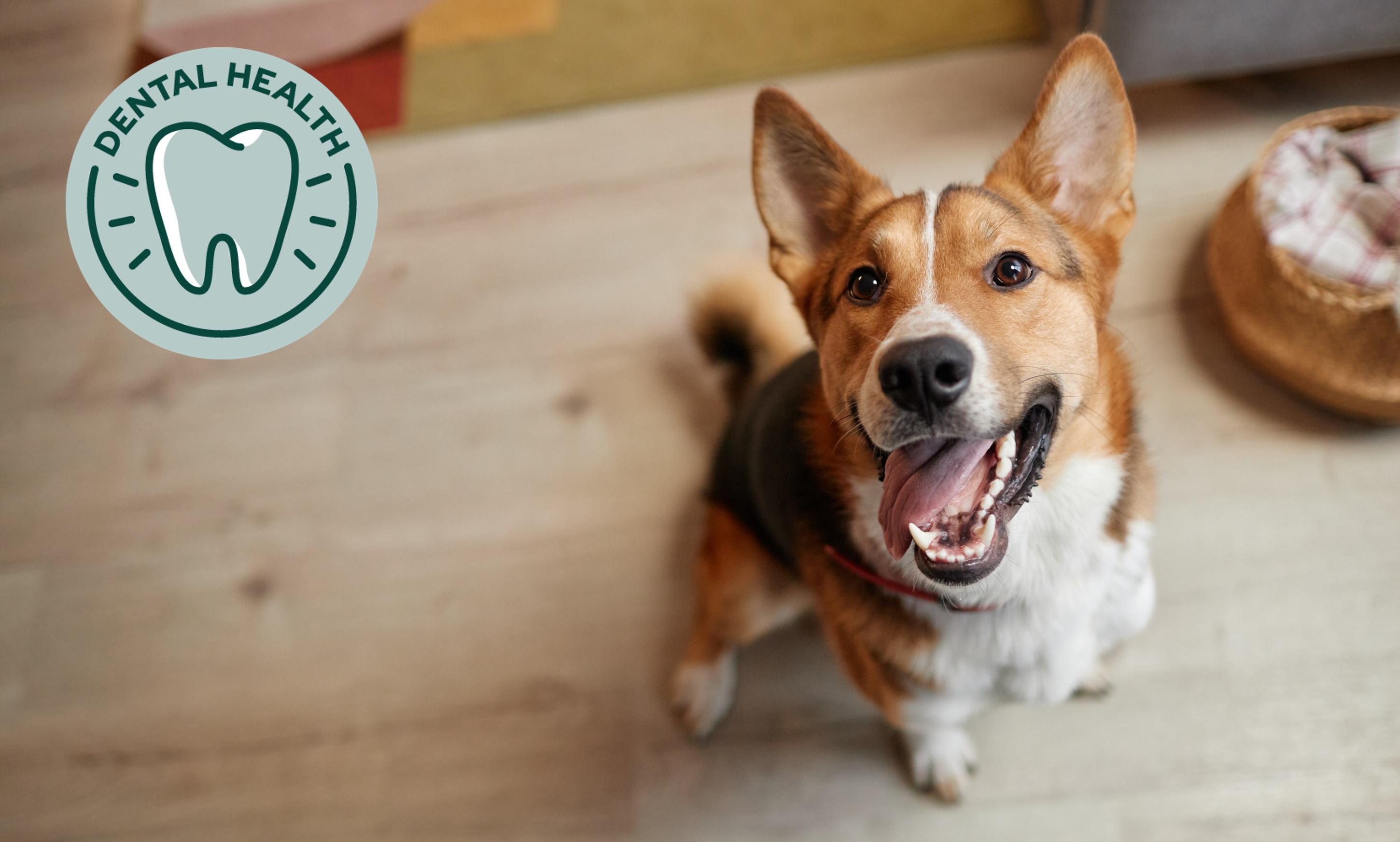
Dental health
Optimizing oral health: a guide for animal health professionals, designed by a veterinarian
How to dispel five common myths!
![]() Published on December 31, 2024
Published on December 31, 2024
Powered by


|
Jan Bellows, DVM |
Today, I want to share insights that go beyond traditional dental care approaches, focusing on comprehensive strategies that can revolutionize how we support our animal patients and educate their caregivers. In my practice, I've consistently observed that dental disease isn't just about teeth—it's a window into overall systemic health. When I examine a patient's mouth, I'm not just looking at potential cavities or tartar buildup; I'm assessing potential indicators of broader health challenges. |
Inflammation, bacterial colonies, and subtle tissue changes can signal underlying conditions that might otherwise go undetected. One critical area veterinarians must emphasize is early intervention. Too often, pet owners view dental care as optional or cosmetic. Untreated dental issues can lead to significant complications: heart disease, kidney problems, and chronic pain. By implementing comprehensive screening protocols and creating accessible education programs, we can shift this perception and proactively protect our patients' well-being.
Technological advancements have dramatically expanded our diagnostic capabilities. Digital radiography, intraoral cameras, and advanced imaging techniques allow us to detect subtle changes with unprecedented precision. These tools aren't just diagnostic—they're educational, enabling us to visually demonstrate oral health challenges to pet owners in ways they can immediately understand. Professional development remains paramount. I consistently encourage my colleagues to attend continuing education seminars, explore emerging research, and remain curious about innovative treatment modalities. Dentistry in veterinary medicine is rapidly evolving, and staying current ensures we provide the most sophisticated care possible.
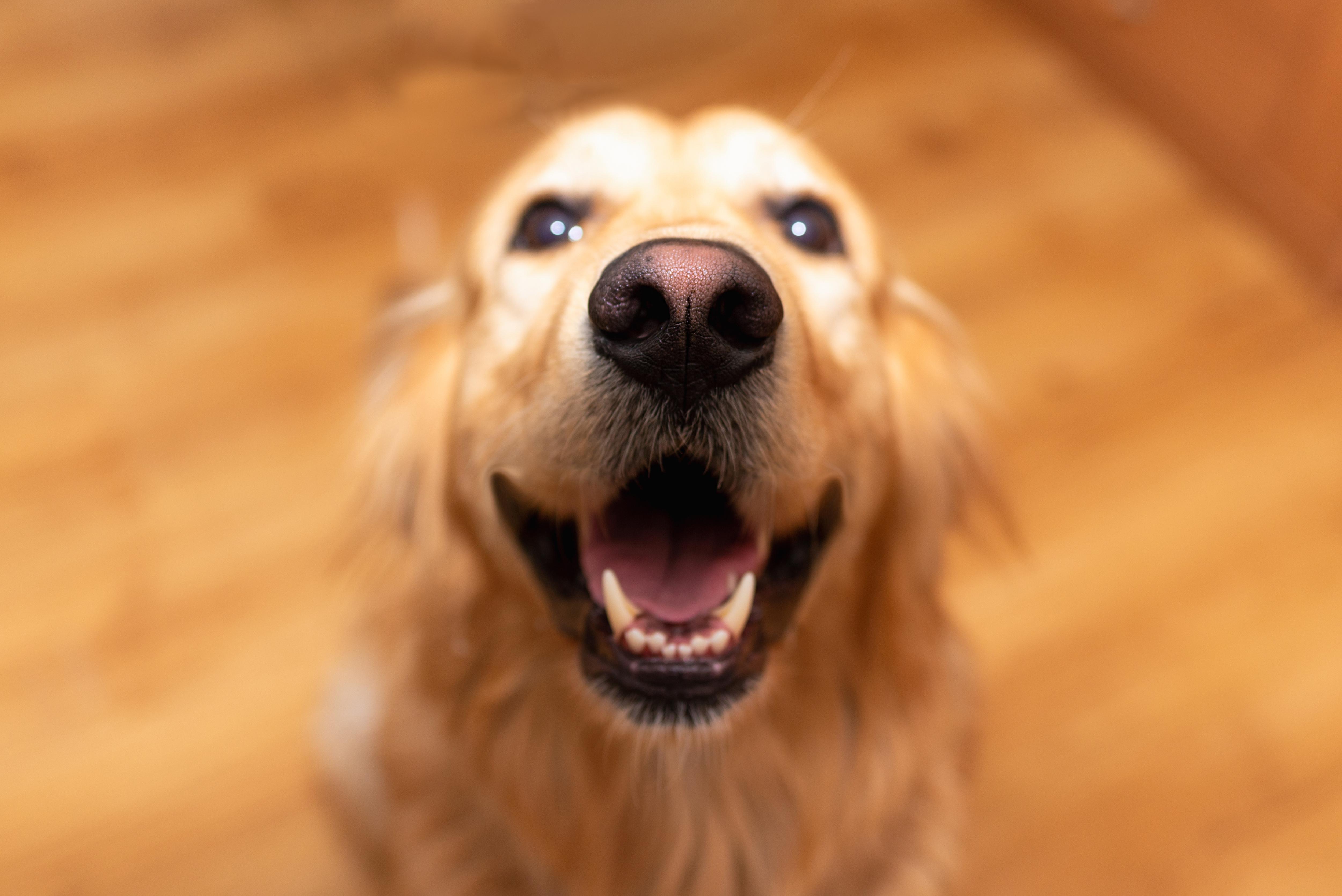
For my fellow veterinarians, I recommend developing comprehensive dental wellness protocols that include:
- Thorough initial oral assessments
- Detailed client education materials
- Customized home care recommendations
- Strategic follow-up scheduling
- Transparent cost projections for potential treatments
Remember, our role extends beyond clinical intervention—we're educators, advocates, and partners in our patients' long-term health journeys. By approaching dental care holistically, integrating advanced technologies, and maintaining a patient-centered perspective, we can dramatically improve our animal companions' outcomes and quality of life.
Mechanical plaque and tartar control
While daily tooth brushing remains the gold standard for mechanical plaque removal in pets, many owners find it challenging to maintain this routine. Fortunately, there are alternative methods for mechanical plaque and tartar control that have been approved by the Veterinary Oral Health Council (VOHC). VOHC-accepted dental chews offer an effective and convenient way to support your pet's oral health. These products have undergone rigorous testing to ensure their efficacy in reducing plaque and tartar buildup. I feed my dog’s VOHC-accepted dental chews, every nightly after wiping their teeth.
When selecting a dental chew, it's crucial to choose the appropriate size for the pet's weight category. This ensures maximum effectiveness and reduces the risk of choking or obstruction.
Additionally, always supervise your pet while they're enjoying these treats. Remember, while these VOHC-accepted chews are effective tools for mechanical plaque and tartar removal, they should be used as part of a comprehensive dental care routine that includes regular veterinary check-ups and professional cleanings when necessary.
Introducing the CO-PAT:
A COmprehensive Prevention, Assessment and Treatment Plan
Prevention: A daily protocol for the removal of tartar which harbors plaque, the precursor to periodontal disease.
Assessment: A routine visit to your veterinary professional to identify problems that may exist in and around your dog’s oral care.
Treatment: Dental cleanings as necessary to remove remaining hardened tartar where plaque can collect an inflame healthy gums.

Dispelling five common myths
As a veterinary dentist, I've encountered numerous misconceptions about pet dental health among clients. Here are five common myths and how you can educate your clients to dispel them:
Myth 1: Pets Have Naturally Clean Mouths
-
Explain that while pets' saliva has some antibacterial properties, their mouths are full of bacteria. Some bacteria are beneficial, but overgrowth can lead to serious health issues.
-
Please make sure to emphasize the importance of regular dental care and prevention (VOHC accepted dental products) to maintain a healthy oral environment.
Myth 2: Bad Breath is Normal in Pets
-
Educate them that halitosis is an indicator of an infected mouth. The odor is typically caused by bacterial by-products that form plaque and lead to dental disease.
-
Recommend a thorough dental exam at least every six months and a tooth-by-tooth examination under general anesthesia for pets with persistent bad breath.
Myth 3: Anesthesia-Free Dental Cleanings are Safer and Just as Effective
This is a prevalent myth that requires careful debunking.
- Explain that anesthesia-free dentistry is merely a cosmetic procedure that lacks many benefits of professional veterinary dentistry.
Highlight the following points:
-
Only anesthetized pets can receive a thorough oral exam, gingival probing, and dental radiographs.
-
Anesthesia allows for proper cleaning below the gumline, where most dental disease occurs.
-
The risks of injury during an awake cleaning may outweigh the perceived benefits of avoiding anesthesia.
Myth 4: Dental Problems Only Affect Older Pets
-
Correct this misconception by informing them that dental problems can occur at any age.
-
Share the statistic that up to 80% of cats and dogs have some level of dental disease by age 3.
-
Please make sure to emphasize the importance of early and consistent dental care throughout a pet's life.
Myth 5: Tooth Brushing or daily tooth wiping is Unnecessary or Ineffective
- Explain that while not all pets readily accept it, tooth brushing is the gold standard for good oral care.
Offer these tips to make the process easier:
-
Start slowly, using a finger with pet toothpaste.
-
Gradually introduce a toothbrush or dental wipe over several days.
-
Focus on brushing the outside of the teeth.
-
Reward pets with VOHC accepted chews and praise to create positive associations.
Addressing these myths, you can help your clients understand the importance of proper dental care for their pets. Remember to tailor your explanations to each client's level of understanding and encourage regular dental check-ups as part of overall pet wellness.
Smile, it's dental health month!
Discover the new revolutionary-shaped dental treats for dogs!
You must be logged in to access the page.
REFERENCES
- Crowder SE, Berg M, Bellows J, Artzer M, MacGee S, Schultz L. Effectiveness of a Daily Honeycomb-Shaped Dental Chew in Reducing Calculus, Plaque, gingivitis and Malodor in Dogs. Journal of Veterinary Dentistry. 2024
-
Hamp SE, Olsson SE, Farsomadsen K, Viklands P, Fornell J. A macroscopic and radiologic investigation of dental diseases of the dog. Vet Radiol. (1984)
